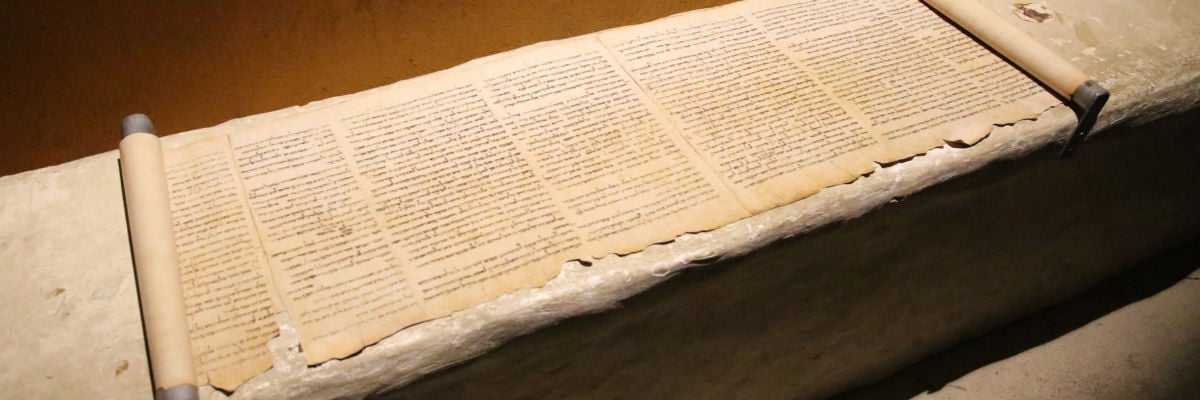
DAY 255
CHALLENGE
“There were two Old Testament canons in Jesus’ day—the Palestinian canon and the Alexandrian canon. As Palestinian Jews, Jesus and his disciples would’ve accepted the Palestinian canon, which excluded the deuterocanonical books. Therefore, they are not Scripture.”
DEFENSE
This claim is based on outdated scholarship and is false.
In Jesus’ day different groups of Jews held that different collections of books were canonical, and some of these collections had fuzzy boundaries. It is more accurate to speak of there being different canonical traditions rather than different canons. There were four prominent traditions:
- The Sadducee/Samaritan tradition: This included the Torah or Penta- teuch (Gen.-Deut.) and only those books. Thus the Sadducees rejected doctrines like the resurrection of the dead (Matt. 22:23; Acts 23:8), which are clearly attested outside the Torah (Dan. 12:2; 2 Macc. 12:43–45). This is why Jesus only quoted from the Torah when refut- ing them (Matt. 22:31–32; cf. Exod. 3:6). The Samaritan tradition was identical except for using the Samaritan edition of the Torah.
- The Pharisee tradition: This canonical tradition was still being formed in Jesus’ day. It was broadly similar to the canon later adopted by rabbinic Judaism (used in Protestant Old Testaments), but precisely which books belonged to it was debated until at least the third century.
- The Septuagint tradition: This tradition also was still being formed in Jesus’ day. It was broadly similar to the canon later used in the Christian church (including the deuterocanonical books), though precisely which books belong to it was also debated. (Note: We may refer to this tradition by the name of the major Greek translation of the Old Testament, but virtually all its books were written in Hebrew or Aramaic; see Day 27).
- The Qumran tradition: This tradition was used by the Qumran sect (commonly identified as the Essenes). We do not know whether it was closed. It was similar to the Pharisee tradition but also included certain other books, including 1 Enoch, Jubilees, and the Temple Scroll (James VanderKam, The Dead Sea Scrolls Today, 149–57).
All four traditions were used in first-century Palestine, and many individuals undoubtedly held to further variations that are no longer identifiable. The New Testament reveals that Jesus and his followers used the Septuagint tradition, which they passed on to the Church (see Days 273 and 305).



